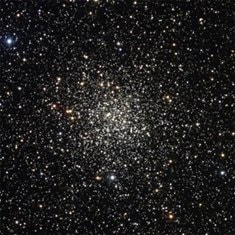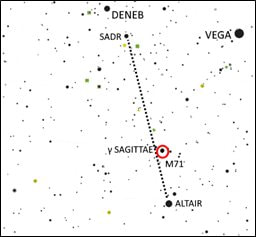FOG Blog
|
Sky Report by Ted Gruber
Evening Sky Jupiter (magnitude -1.8) and Mercury (magnitude -0.2) are visible low in the southwestern sky at dusk. Both planets are visible until they set 30 to 60 minutes after sundown. Mercury sets first through October, and then Jupiter sets first through mid-November. The two planets lie only about 5° above the horizon, so you’ll need an unobstructed southwestern view to see them. Saturn (magnitude 0.5) becomes visible in the southwestern sky as darkness falls. Look for the ringed planet about 20° above the horizon. Mars (magnitude -1.0) is visible in the southern sky from twilight until it sets about 1:00am. On November 15, the first quarter moon passes 1° south of Mars. Morning Sky Venus (magnitude -4.7) returns to the morning sky in early November. It rises about 30 minutes before sunrise on the November 1, two hours before sunrise by mid-November, and about three hours before sunrise by the end of November. Venus remains visible until fading into the morning light. Meteor Showers The Orionids are active through November 7, with a predicted peak in the early hours of October 21. Most predictions call for a peak rate of 20 meteors per hour. The Leonids are active from November 5-30. The Leonids are known for producing some of the most intense meteor storms recorded, but this year we can expect 10-15 meteors per hour during the predicted peak the night of November 17-18. Moon Phases Full (10/24), last (10/31), new (11/7), first (11/15), full (11/23), last (11/29). Messier of the Month – M71 M71 is a magnitude 6.1 globular cluster in the constellation Sagitta. It is about 12,000 light years distant and has an estimated age of 9 to 10 billion years. With a diameter of 27 light years, M71 is one of the smallest known globular clusters. Its 20,000+ stars are loosely packed, which explains why it was originally thought to be an open cluster. M71 appears as a fuzzy patch of gray light through binoculars; larger telescopes will resolve individual stars.
0 Comments
Your comment will be posted after it is approved.
Leave a Reply. |
Friends of Galileo
We are astronomy enthusiasts who love to learn and to share our wonder at the amazing sights right overhead. Archives
February 2024
Categories
All
|


 RSS Feed
RSS Feed